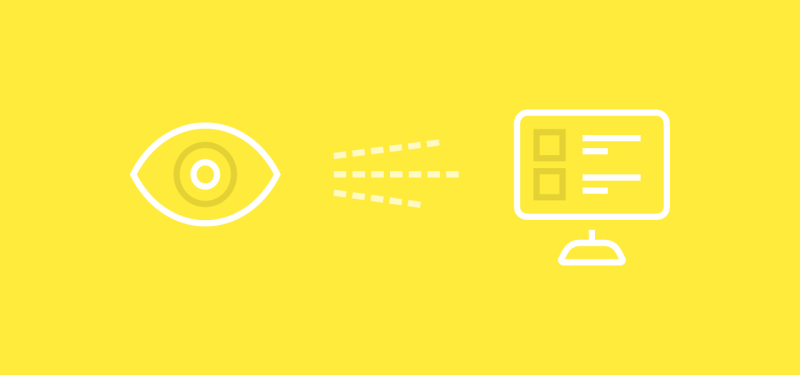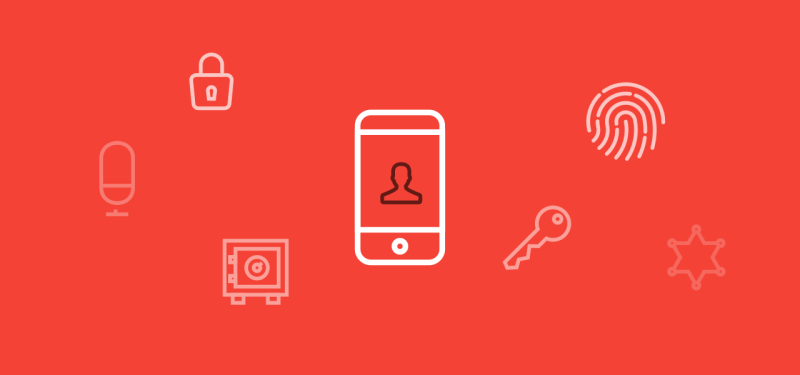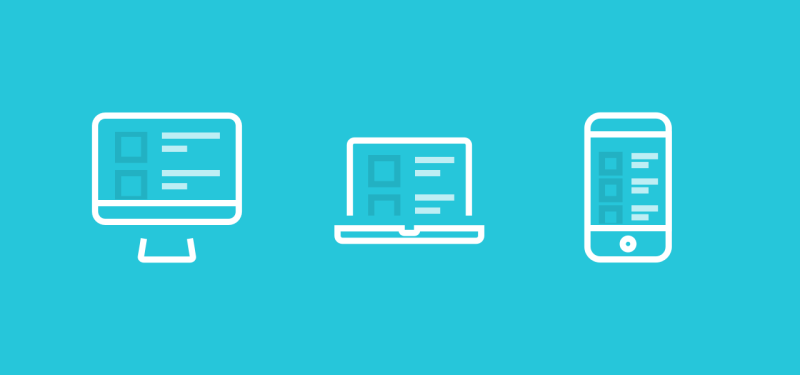5 Simple
UX Principles to Guide your Product Design

Photo credit: Orin Zebest
As a UX designer, I’ve had a lot of
practice over the years trying to nail down my answer.
Report Advertisement
Here’s what I’ve come up with:
It’s my job to be inside a user’s
brain. I need to look at design from the mindspace of a user (actually, lots of
users) and squash potential problems or confusion.
This never-ending process requires
keeping UX present before, during, and after the build is complete. It’s always
a challenge to act with the user in mind—influences like due dates and bottom
lines sometimes cloud the way.
To help keep your product on the right
path, I’ve assembled a list of 5 UX principles I use to guide my design
process. Understanding how and why to make UX decisions goes a long way in
explaining things to others on the team, which goes an even longer way in
getting said UX decisions into the final product.
1.
Digestibility

Good design is easy to digest—the brain
shouldn’t have to expend a ton of energy to figure out what the heck it’s
looking at. With any luck, people will just “get it” without needing a
6-section explanation.
This goes beyond clear, easy-to-read
copy. People sometimes need guidance to make decisions, so a menu with a list
of 12 inline items may seem daunting. Organizing with some hierarchy (size,
color, icons) can help highlight the more common choices, which allows someone
to find what they’re looking for faster.
Another good example of digestible
design is the new user guide, often presented as staggered tips that a person
can process one at a time. But imagine the opposite, hitting a brand-new user
with a whole stack of instructions, removed from the context of the product. No
one likes a confusing surprise.
Consider all the decisions you’re
asking someone to make with your product to get to the bottom of the funnel. The
brain has a limited amount of cognitive resources during the day—using them up needlessly is
rude.
2.
Clarity

Good design is honest. Aside from
understanding the words in your value prop, you need the user to understand the
actual value. Being coy or unclear about your product isn’t going to win any
fans.
Related to value, pricing is an area
where clarity is everything. Users aren’t going to click “Buy now” if they
can’t figure out what you’re asking them to pay. While shady “free trials” that
switch to auto-billing might be the norm, I doubt they’re winning any
popularity contests.
This may sound cheesy, but a good plan
is to simply follow the Golden Rule. Explain things like you’d want them
explained to you. Make things as clear as you can. You know what you’d expect
out of the products you choose to use, so don’t you dare build something less.
3.
Trust

Good design is easy to trust. Before
asking someone to complete an action, make every effort to help them understand
why the task is needed. Being honest and clear in explanations builds trust at
each step, leading to increasingly easier conversions down the funnel.
Consider Uber (and Lyft, depending on
which way you swing). They’ve made catching a ride so easy that a 100-year-old
industry is now in chaos. The app saves your payment info, which you might not
feel comfortable exchanging with a stranger, and facilitates a trustworthy,
painless transaction.
Removing doubt will create a growingly
invisible experience. As decisions require less and less resources, using the
product becomes easier and more enjoyable.
4.
Familiarity

Ground-breaking design is awesome, but
design that converts is better. New frameworks and flashy plugins might look
nice on Dribbble, but if no one is clicking the “buy” buttons, you’ve got a
problem.
Platform guidelines exist for a reason.
While it might seem that making your product look exactly the same from
platform to platform is the main goal, be careful to pay respect to the sticky
details of each OS. Using familiar patterns,
icons, and presentational styles is a great way to look native, even if you’re
not.
Testing your solutions on actual
devices goes a long way to ensuring things feel at home in each environment,
which is where a tool like InVision shines.
Pretending to be a user is easier when you’re not also having to pretend to use
a device.
5.
Delight

It’s been said that an idea isn’t
enough anymore, that execution is what wins the war. Ironically, the more the
team executes, the less the user has to. The more simplicity you can bring to
a complex problem, the more delighted the user will be with your
solution.
The ultimate delight is when someone
forgets your product is a “product”—where it’s so useful that it doesn’t even
read as a product anymore, just simply as some useful thing in a person’s life.









No comments:
Post a Comment
Note: Only a member of this blog may post a comment.